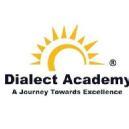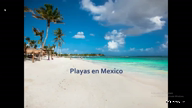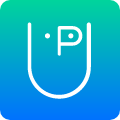The "Korean Language Course 1A" generally refers to a beginner-level Korean course, often aligned with the Sejong Institute curriculum or TOPIK Level 1 (beginning part). The actual syllabus might vary slightly depending on the institution, but here's a common breakdown of what’s usually covered in Korean 1A:
📚 Korean Language Course 1A - Common Syllabus Overview
🧩 1. Basic Introduction
-
Hangul (Korean alphabet): reading, writing, pronunciation
-
Korean sentence structure (Subject–Object–Verb)
👋 2. Greetings & Introductions
-
Saying hello and goodbye (안녕하세요, 안녕히 가세요)
-
Introducing oneself (이름이 뭐예요?)
-
Nationality and profession (나라 / 직업)
⏰ 3. Daily Life Basics
-
Telling time (지금 몇 시예요?)
-
Days of the week / Date (요일 / 날짜)
-
Talking about routines (일상 표현)
🏠 4. Locations & Directions
-
Basic prepositions (위, 아래, 옆에, 앞에, 뒤에)
-
Describing places (어디에 있어요?)
-
Asking for directions (어떻게 가요?)
🍱 5. Food & Shopping
-
Ordering food (이거 주세요 / 뭐 먹을래요?)
-
Talking about likes and dislikes (좋아해요 / 싫어해요)
-
Numbers (Sino-Korean & Native Korean)
🎨 6. Hobbies & Activities
-
Talking about what you do in free time
-
Verbs like 하다, 보다, 듣다 (to do, to watch, to listen)
👗 7. Describing Things & People
-
Adjectives (크다, 작다, 예쁘다, 멋있다, 재미있다)
-
Colors, sizes, and shapes
-
Polite form of verbs (아요/어요 ending)
🔄 8. Grammar Patterns
-
Sentence endings (요)
-
Negative sentences (안, 못)
-
Particles (은/는, 이/가, 을/를, 에, 에서)
📖 Textbook Commonly Used
-
Sejong Korean 1A
-
Sogang Korean 1A
-
Integrated Korean - Beginning 1
-
Or similar beginner-level materials












